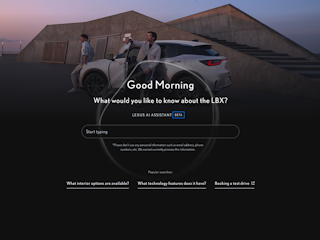Imagine half of your customers never see the content you’ve painstakingly produced. No, really. Half of your customers.
In a world where voice-activated devices, AI chatbots and LLM-powered search experiences shop right alongside humans, this scenario is real.
Today, consumer packaged goods (CPG) companies (and all companies, for that matter) must cater to two very different audiences: humans and machines. These machine audiences now stand between your brand and many human consumers.
If product information on a site isn’t structured for machine readability, brands risk being invisible to AI chatbots, search engines, Alexa queries and IoT appliance ordering, giving away market share to competitors.
Here is how to design your product content once and deliver it in ways humans and machines understand.
Key takeaways
- New reality. Voice assistants, search crawlers and smart devices now “shop” alongside people, often making the first product recommendation a consumer hears.
- Hidden risk. Most CPG sites still speak only to humans, so machines skip or misread their product content.
- Business cost. When bots can’t read your info, you disappear from AI chatbot results, voice answers and IoT orders — handing sales over to better-tagged rivals.
- Core fix. Treat every product page as data. Break it into labeled chunks, store it once, and serve it everywhere (web, app, Alexa, retailer APIs) so both humans and machines get the right facts.
Meet the hidden half of your audience
According to research from Capital One Shopping, over half of U.S. shoppers use voice search for shopping. That’s just more than 128 million Americans.
Meanwhile, Accenture has found that half of GenAI users have already used tools like ChatGPT or Microsoft Copilot to inform a purchase decision.
To express this opportunity monetarily, have a look at the market sizes the machine-shopping audiences represent:








